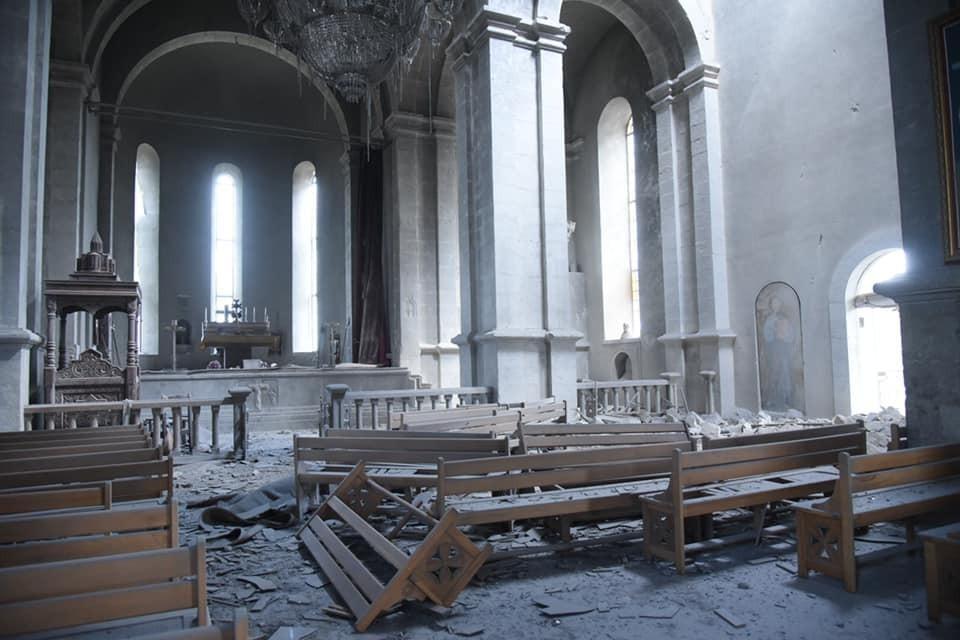
Work Ongoing to Compile a Complete Inventory of Artsakh Cultural Sites Now Under Azerbaijani Control
Specialists in Artsakh are working to complete a list of Armenian historical and cultural sites captured by Azerbaijani forces in the recent Karabakh war.
Only the state list of immovable historical and cultural monuments of the Shahumyan (Karvachar) region of Artsakh is ready, which includes 377 monuments.
This list includes the Dadivank monastery complex (guarded by Russian peacekeepers), the Dadi church and its underground mausoleum that was excavated in 2008, a royal palace, the 9th-14th century fortress in the village of Knaravan, the 9-11th century palace/fortress, the monastery of St. Karapet in Chapni, numerous stone crosses, etc.
The head of the Tigranakert archeological group, Hamlet Petrosyan, told Hetq that since the first days of the war, the entire Tigranakert archeological collection has been taken care of and is in a safe condition. The works were carried out by the Tigranakert dig group with the support of government agencies in Armenia and Artsakh.
(The Tigranakert site, in Aghdam, is now under Azerbaijani control-ed.)
"If Artsakh settlements were bombed, museums and buildings where cultural items were kept were also shelled. Our goal was to take steps so that those cultural items would not be damaged," says Petrosyan.
Artsakh Minister of Education, Science and Culture Lusineh Gharakhanyan tells Hetq that her office has information that Azerbaijanis are desecrating Great Patriotic War monuments left behind. Monuments dedicated to the victims of the first Artsakh war have been blown up in several villages. Tombstones have also been damaged. Gharakhanyan says she has reported this to Russian peacekeepers.
The video of a damaged statue of Armenian Military Commander Vazgen Sargsyan in Shushi was also disseminated on the internet. (Sargsyan, who served as Armenia’s first defense minister, went on to serve as the country’s prime minister. He was assassinated in 1999,)
"They have not overcome the complex they have towards Armenians and have gone so far as to cut the neck of the stone. A dignified victor would not do such a thing. They still have complexes because they know that their Bayraktar drones have won, not themselves,” says Gharakhanyan.
The minister is also concerned about the statement of the President of the Union of Architects of Azerbaijan Elbay Qasim-zade, according to which the Armenian churches and cultural sites in Artsakh should be destroyed. Gharakhanyan ays that this is an open directive to implement cultural genocide.
"Unfortunately, we want to state that international organizations are either not able today or simply do not want to prevent this cultural genocide," says Gharakhanyan, adding that she is not hopeful that UNESCO will deal with this issue objectively.
During the war, when the Azerbaijani army targeted Shushi’s Ghazanchetsots Cathedral and other cultural sites and educational institutions, the Artsakh Minister of Culture sent several letters to UN agencies, including UNESCO Director-General Audrey Azoulay that went unanswered.
Gharakhanyan notes that Azoulay is a friend of Azerbaijan's first lady Mehriban Ali, so no active action is expected from her.
"UNESCO intended to monitor the monuments under the control of Azerbaijan, but Azerbaijan prevented it, and Audrey Azoulay remained silent about it. We must apply to those agencies that can provide feedback and effective communication, and not to those who fail to respond,” Gharakhanyan says.
Gharakhanyan says that with the help of sponsors they will make signs in Armenian and Azerbaijani, with photos of the current situation, and post them in the territory of cultural monuments with the help of Russian peacekeepers.
"Most of the monuments remain in the territories under Azerbaijani control. Most of the more than 4,000 monuments are under their control. At the same time, the list of these monuments hasn’t been completed. Experts say the number of monuments will exceed 10,000,” says Gharakhanyan.
Serob Bejanyan, Head of the Media and Public Diplomacy Department of the Ministry of Foreign Affairs of Armenia, says his office is paying close attention to the issue of protection of historical, cultural and religious heritage in Artsakh areas occupied by Azerbaijan. He says that from the very first days of the Turkish-Azerbaijani aggression, the Armenian Foreign Ministry has taken the necessary steps to draw the international community's attention to the crimes being committed.
"The Armenian side has informed UNESCO about the physical danger and physical danger threatening the Armenian historical and cultural heritage in the territories occupied by Azerbaijan. "As for the Azerbaijani policy of repression by distorting their identity by presenting Armenian Christian monuments as 'Afghan', passing on the preliminary list of endangered Armenian monuments to the organization," says Bejanyan.
Bejanyan says that a meeting of the UNESCO Committee for the Protection of Cultural Property in the Event of Armed Conflict was held on December 10-11, 2020.
At the meeting, a decision was approved, on the initiative of Armenia, for the introduction of a monitoring mechanism within the framework of the 1954 Hague Convention. It will enable the establishment of measures to monitor cases of deliberate destruction of cultural monuments during armed conflicts.
"The Armenian side will do its utmost to expand the practical involvement of UNESCO, which, of course, will have a positive impact on the preservation of Armenian historical and cultural monuments," says Bejanyan.
Top photo: Shushi’s Holy Savior (Ghazanchetsots) Cathedral
 Videos
Videos Photos
Photos
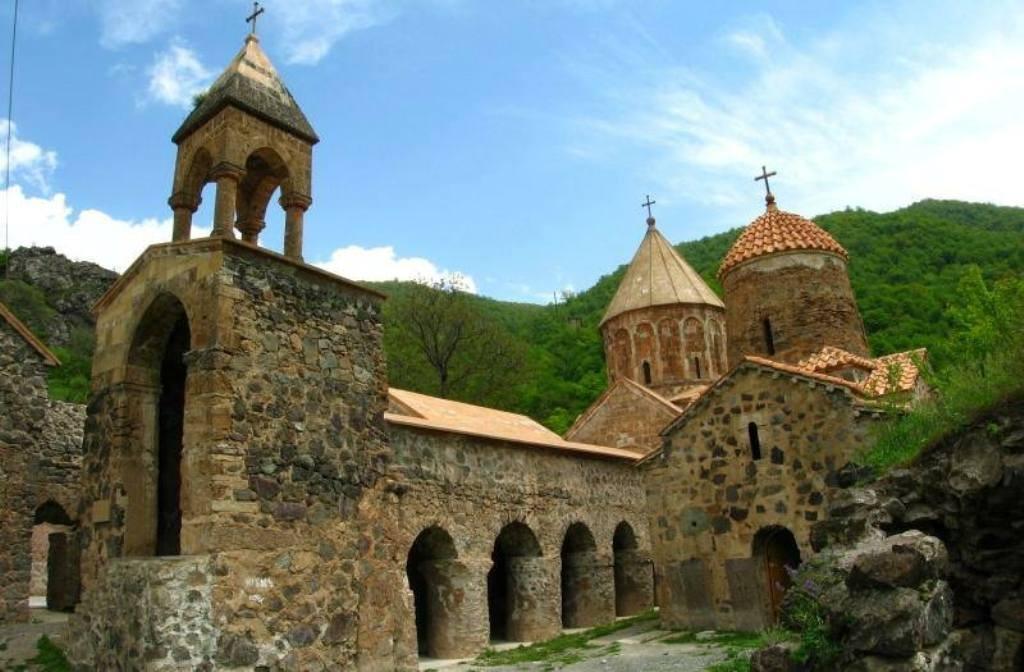
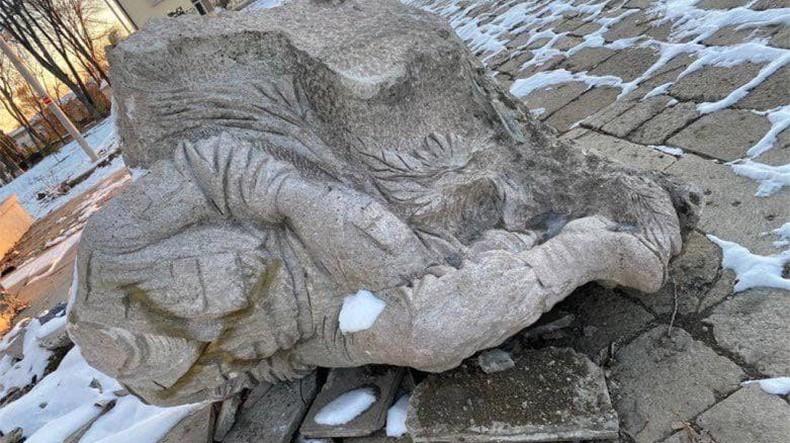

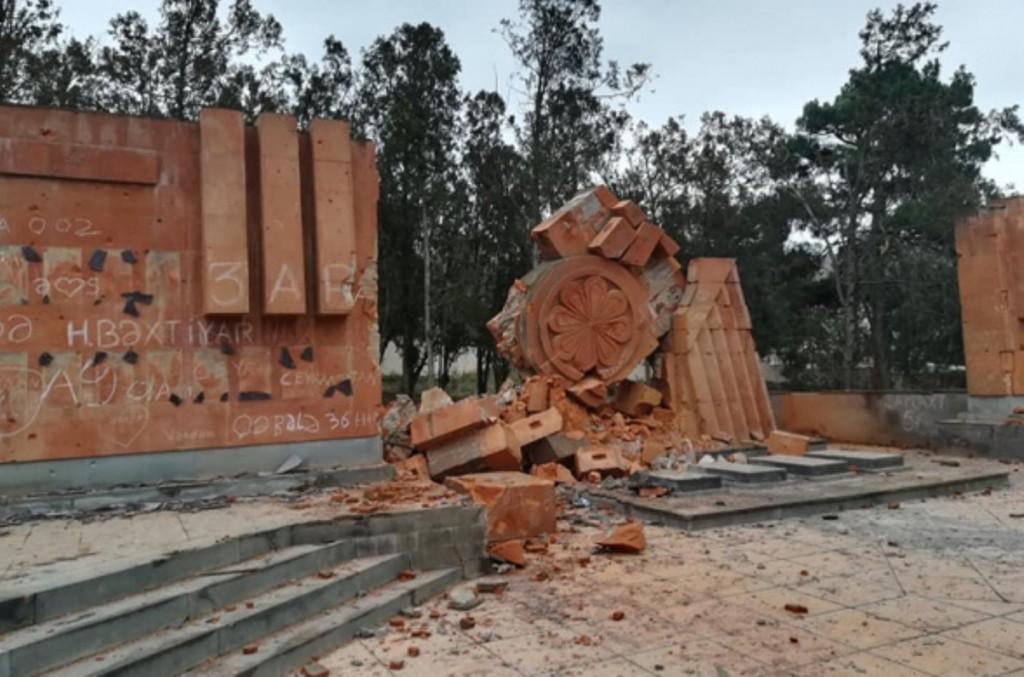
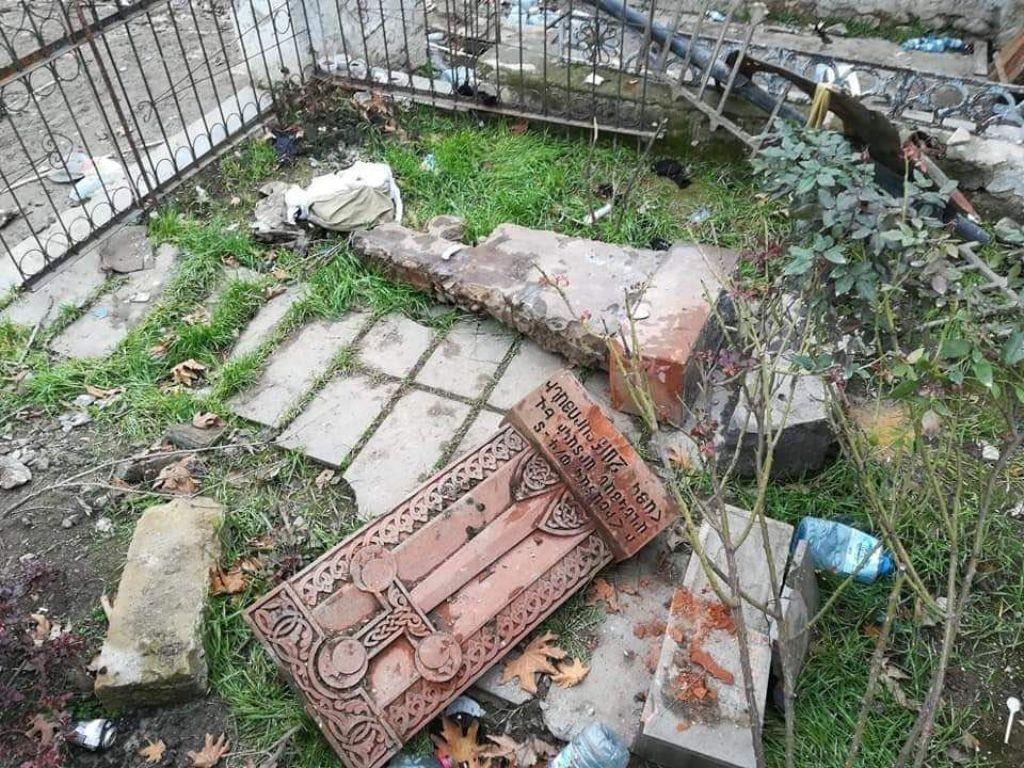
Comments (1)
Write a comment